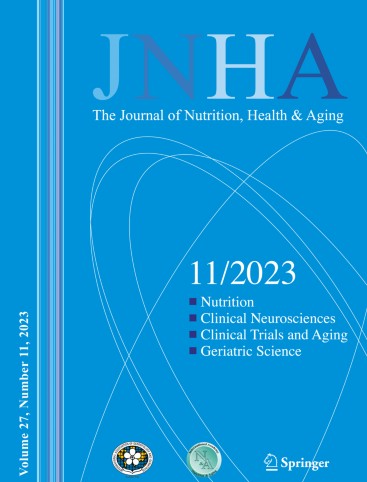Biological sex as a tailoring variable for exercise prescription in hospitalized older adults
IF 4.3
3区 医学
Q1 GERIATRICS & GERONTOLOGY
引用次数: 0
Abstract
Background
Sex-based differences in the clinical presentation and outcomes are well-established in patients hospitalized for geriatric syndromes. We aimed to investigate sex differences in response to in-hospital exercise on function, strength, cognition, and quality of life in acute care admissions.
Methods
570 patients (mean age 87 years, 298 females [52.3%]) admitted to acute care for elderly units were randomized to multicomponent exercise emphasizing progressive resistance training or usual care. Functional assessments included Short Physical Performance Battery (SPPB), grip strength, Mini-Mental State Examination (MMSE), and health-related quality of life (EQ-VAS).
Results
Exercising females showed more significant SPPB improvements than males (between-group difference 1.48 points, p = 0.027), exceeding the minimal clinically significant difference. While female participants significantly increased handgrip strength and male patients improved cognition after in-hospital exercise compared to the control group (all p < 0.001), no sex differences occurred.
Conclusions
Females demonstrate more excellent physical function improvements compared to male older patients. Findings highlight the importance of tailored exercise incorporating patient factors like biological sex in geriatric medicine.
Trial registration
NCT04600453.
将生理性别作为住院老年人运动处方的定制变量
背景因老年综合症住院的患者在临床表现和预后方面的性别差异已得到证实。我们的目的是研究急诊入院患者对院内运动在功能、力量、认知和生活质量方面的反应的性别差异。方法:570 名老年急诊入院患者(平均年龄 87 岁,298 名女性 [52.3%])被随机分配到强调渐进阻力训练的多组分运动或常规护理中。功能评估包括短期体能测试(SPPB)、握力、迷你精神状态检查(MMSE)和与健康相关的生活质量(EQ-VAS)。结果与男性相比,锻炼女性的SPPB改善更为显著(组间差异为1.48分,P = 0.027),超过了最小临床显著性差异。与对照组相比,女性参与者的手握力明显增强,男性患者在院内锻炼后认知能力有所提高(均为 p <0.001),但无性别差异。结论与男性老年患者相比,女性患者的身体功能改善更为显著。研究结果凸显了在老年医学中结合患者生理性别等因素进行量身定制运动的重要性。
本文章由计算机程序翻译,如有差异,请以英文原文为准。
求助全文
约1分钟内获得全文
求助全文
来源期刊
CiteScore
7.80
自引率
3.40%
发文量
136
审稿时长
4-8 weeks
期刊介绍:
There is increasing scientific and clinical interest in the interactions of nutrition and health as part of the aging process. This interest is due to the important role that nutrition plays throughout the life span. This role affects the growth and development of the body during childhood, affects the risk of acute and chronic diseases, the maintenance of physiological processes and the biological process of aging. A major aim of "The Journal of Nutrition, Health & Aging" is to contribute to the improvement of knowledge regarding the relationships between nutrition and the aging process from birth to old age.

 求助内容:
求助内容: 应助结果提醒方式:
应助结果提醒方式:


